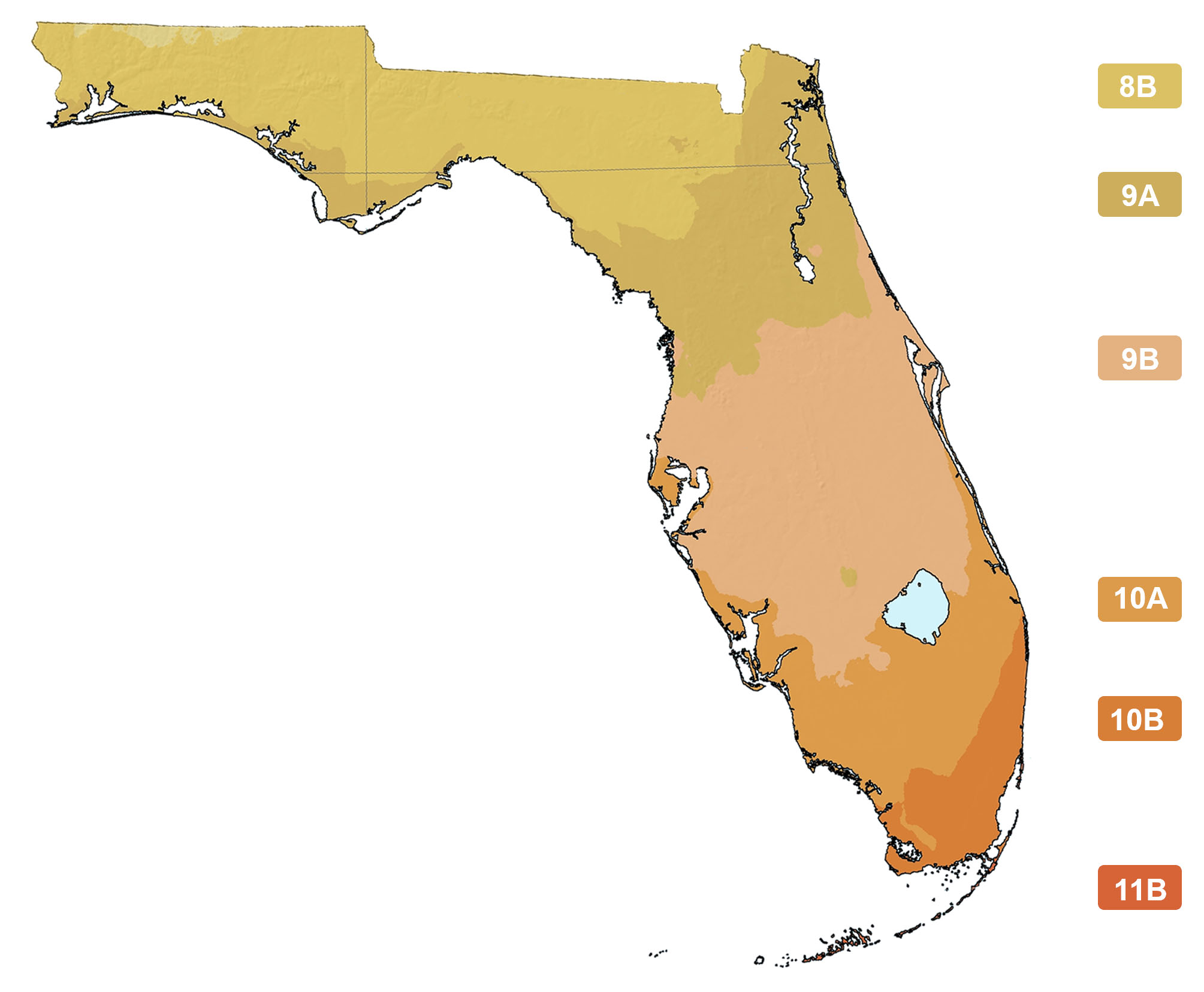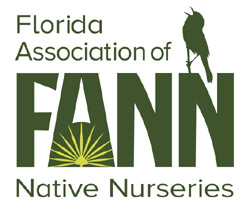Senna mexicana var. chapmanii
Photographs belong to the photographers who allow use for FNPS purposes only. Please contact the photographer for all other uses.
Chapman's Sensitive Plant, Bahama Senna
Fabaceae (Leguminosae)
Also known as Cassia chapmanii
Plant Specifics
| Form: | Shrub | |
| Size: | 2-4 ft tall by 3-6 ft wide | |
| Life Span: | Short-lived perennial | |
| Flower Color: | Yellow | |
| Fruit Color: | Brown | |
| Phenology: | Evergreen but goes semi-dormant in drought or cold. Blooms all year in south Florida. Typically lives 3-5 years. | |
| Noted for: | Showy flowers, Interesting foliage |
Landscaping
| Recommended Uses: | Specimen shrub. Can be a border plant or planted in a mass. | ||||||||||||||||||||||||||||||||||||||||||
| Propagation: | Seed. | ||||||||||||||||||||||||||||||||||||||||||
| Availability: | Native nurseries, Seed | ||||||||||||||||||||||||||||||||||||||||||
| Light: | Full Sun, Part Shade | ||||||||||||||||||||||||||||||||||||||||||
| Moisture Tolerance: |
always floodedextremely dry |
||||||||||||||||||||||||||||||||||||||||||
| (Usually moist, occasional inundation ----- to ----- Short very dry periods) | |||||||||||||||||||||||||||||||||||||||||||
| Moisture Tolerance: | Usually moist, occasional inundation ----- to ----- Short very dry periods | ||||||||||||||||||||||||||||||||||||||||||
| Salt Water Flooding Tolerance: | Not salt tolerant of inundation by salty or brackish water. | ||||||||||||||||||||||||||||||||||||||||||
| Salt Spray/ Salty Soil Tolerance: | Moderate. Tolerant of salty wind and may get some salt spray. Exposure to salt spray would be uncommon (major storms). | ||||||||||||||||||||||||||||||||||||||||||
| Soil or other substrate: | Lime rock, Sand | ||||||||||||||||||||||||||||||||||||||||||
| Soil pH: | Calcareous (high pH) | ||||||||||||||||||||||||||||||||||||||||||
Ecology
| Wildlife: |
| |
| Insects: | Larval host plant for cloudless sulphur (Phoebis sennae), sleepy orange (Eurema nicippi) and the introduced orange-barred sulphur (Phoebis philea) butterflies. A gland at the base of the leaves attracts ants that attack the butterfly caterpillars (IRC) Sennas attract butterflies, solitary bees including sweat bees and bumble bees, as pollinators. | |
| Native Habitats: | Pine rocklands, rocky hammocks, dunes. Typically in sunny areas. |
Distribution and Planting Zones
Natural Range in Florida
USDA Zones
Suitable to grow in:
10A 10B 11

USDA zones are based on minimum winter temperatures
Comments
| General Comments: | Listed as Threatened in Florida by the FDACS. |





